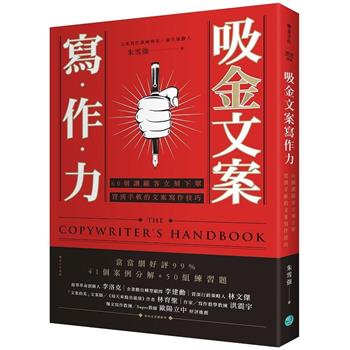Was it a "mercy killing?" Was it an accident? Was it murder? Read the full account of the death of baby Lawrence Noxon and subsequent arrest, trial, and conviction that divided a 1940s small town. Publishers Weekly calls it "an enlightening and discomfiting account of a horrific crime."
With no witnesses and destroyed evidence, questions still surround the mysterious death of baby Lawrence Noxon. This the account of the 1940s murder case, arrest, trial, and conviction of John Noxon as well as a story of changing city and state. It’s not every day that a prominent citizen, a highly successful lawyer, no less, is arrested for murder. The case itself drew in newspaper readers from coast to coast, and Lawrence’s death was often characterized as a "mercy killing," at a time when euthanasia societies were publicly advocating for the selection out of mental defectives from American society.
Noxon consistently maintained the electrocution was accidental, although admittedly due to his own negligence but the prosecution was pushing for the death penalty. Based on scientific, or forensic evidence, they recreated some of the lost evidence and called upon university medical faculty, chemists, and electrical engineers to show the death could not have been an accident. The defense, of course, had its own cadre of witnesses from those disciplines to testify just the opposite.
Despite the complicated technicalities of the evidence, the jury deliberated only about five hours before finding Noxon guilty of first-degree murder, which, at the time carried an automatic death penalty.












